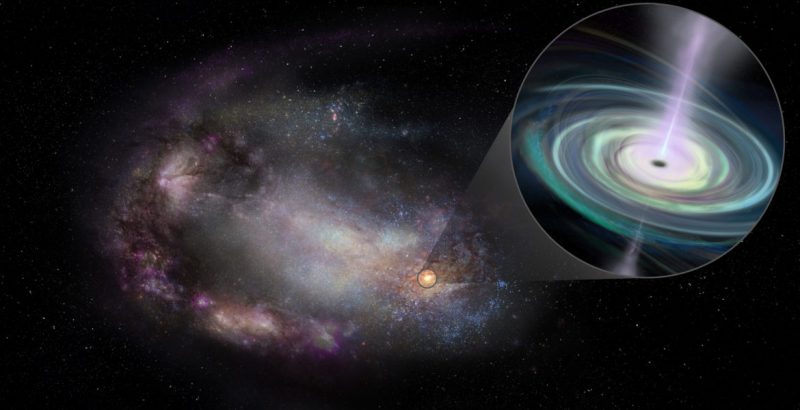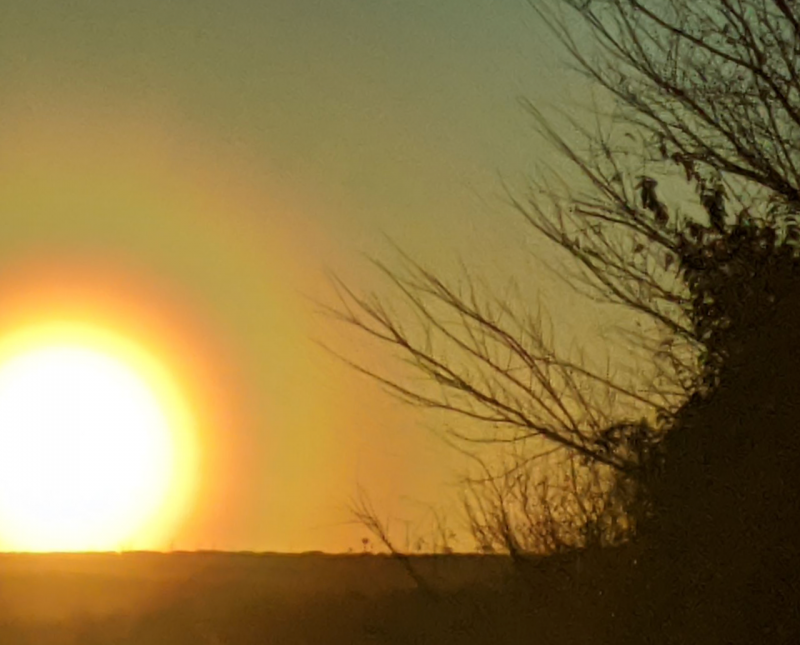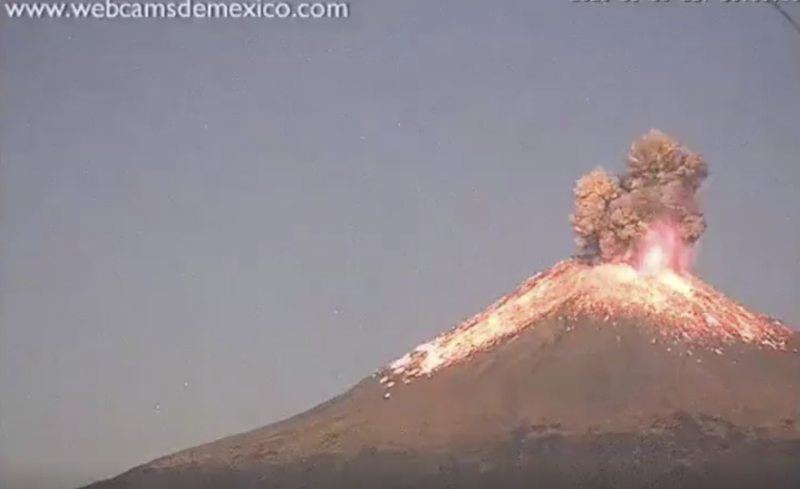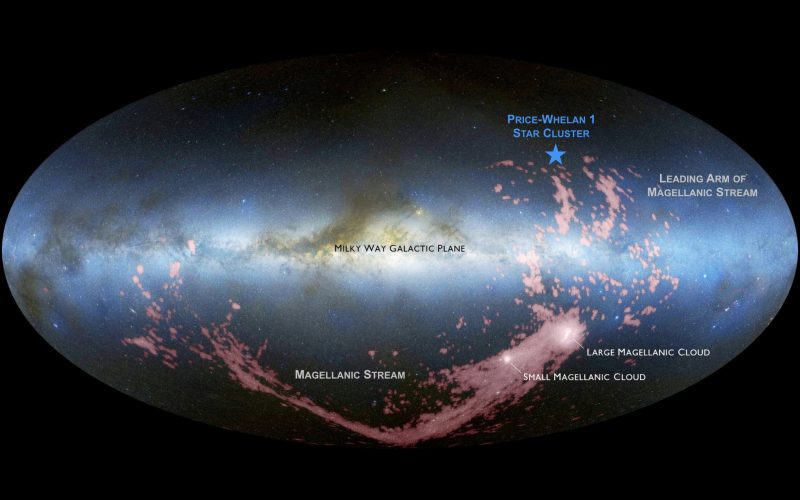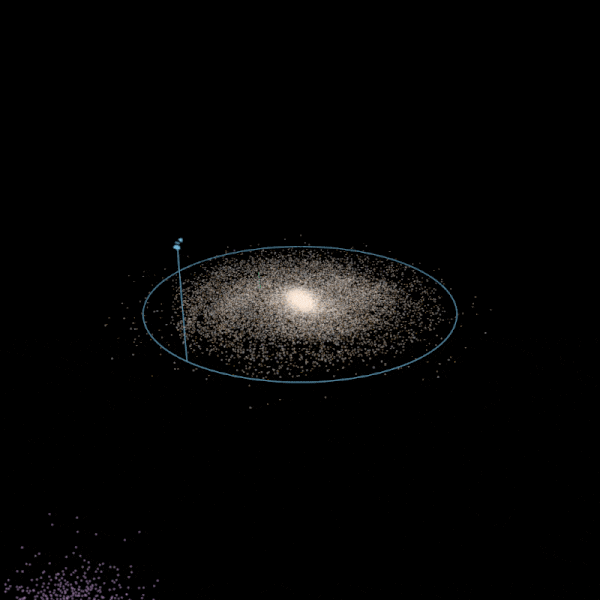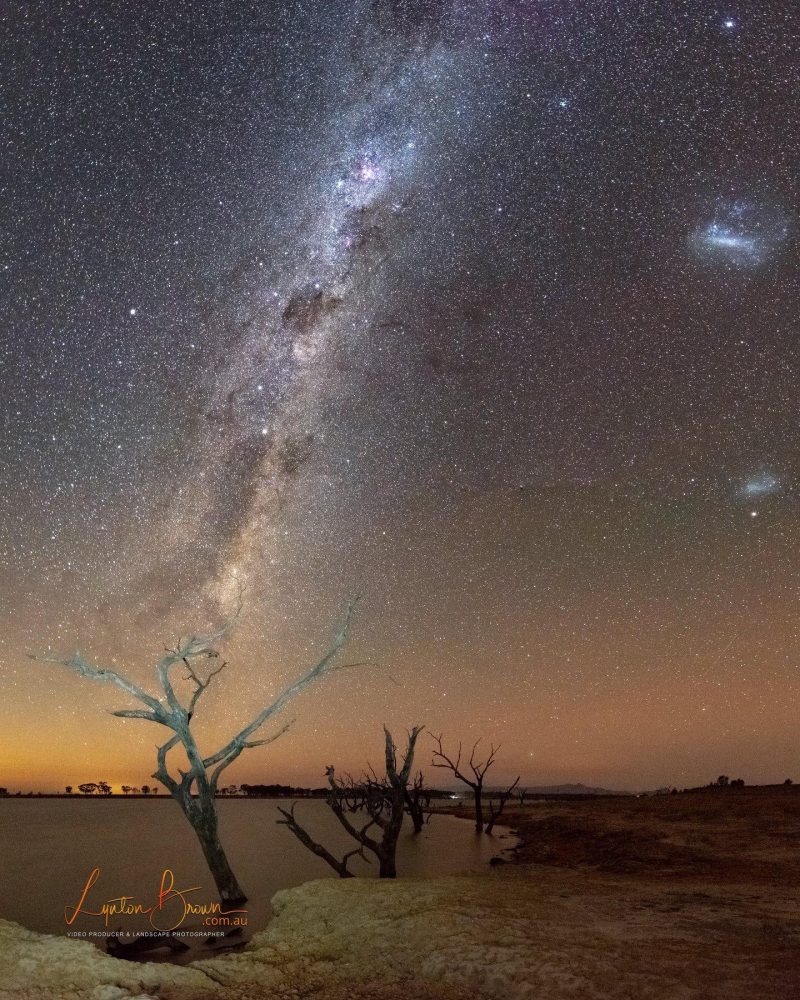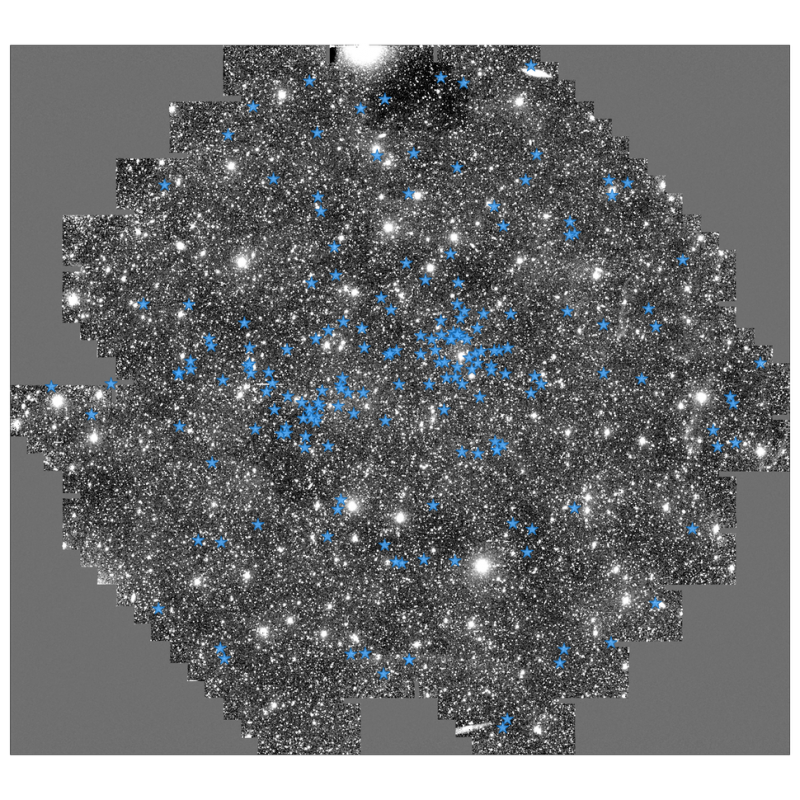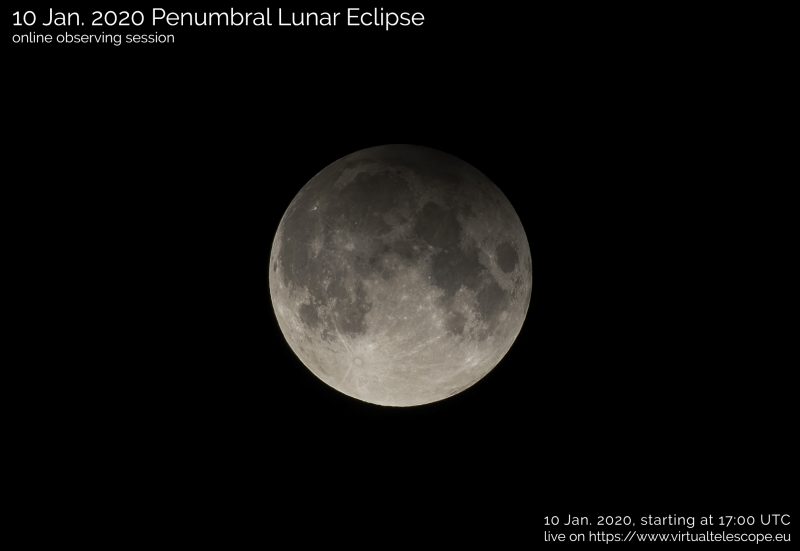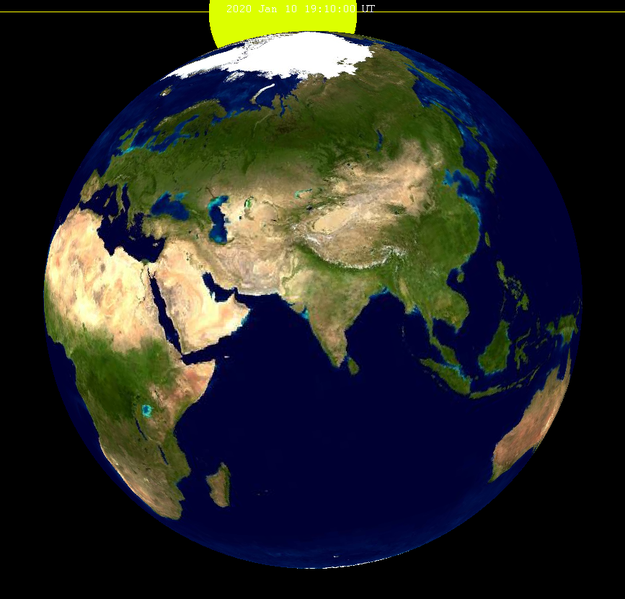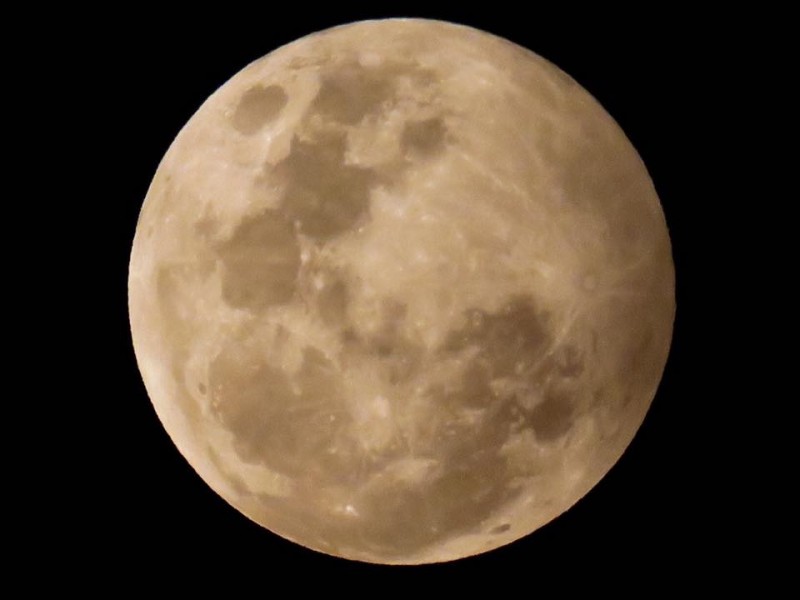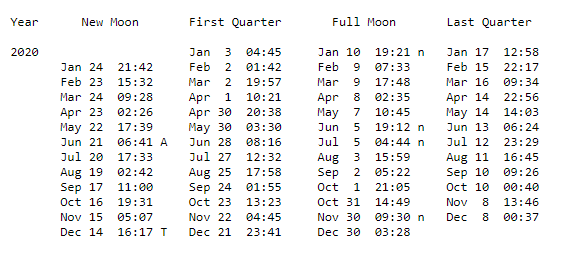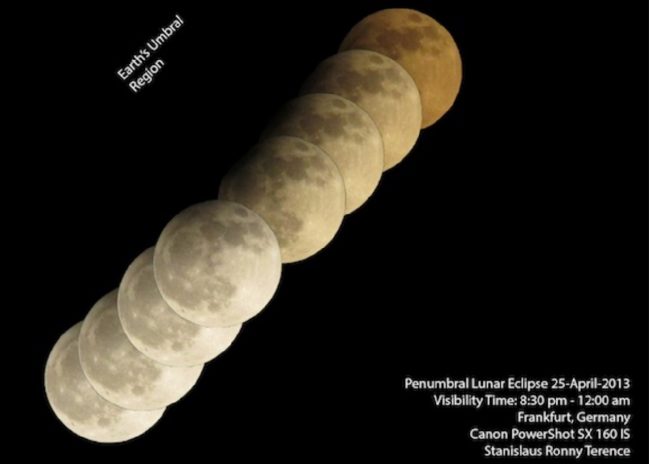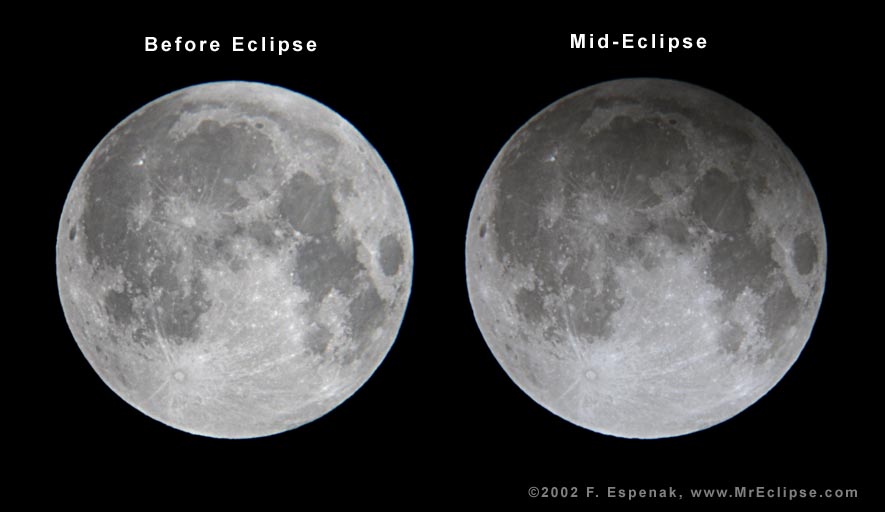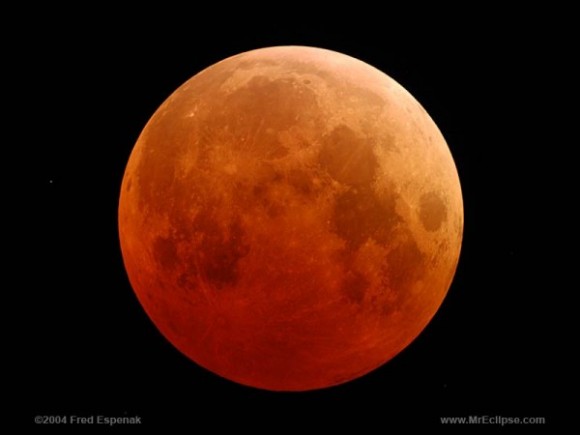
Transforming clinical trials to help speed up drug development
Testing a new drug typically involves a series of clinical trials that measure the safety and effectiveness of an experimental treatment. But our experts are calling for changes to this traditional set up to allow trials to answer multiple questions at once, for example testing a single drug for multiple cancer types at the same time. The Independent and our press release have the story.
Speeding up brain tumour diagnosis using AI
Combining artificial intelligence with new imaging techniques could make brain tumour diagnosis faster and more accurate. Right now, surgeons wait to receive information from tissue samples analysed in a lab while the patient remains in surgery. But with the assistance of AI and new imaging techniques, the wait could be reduced from half an hour to a matter of minutes. This new approach could help to guide surgery and influence future treatment decisions. Read more in The New York Times.
Potential negative effects of taking supplements during breast cancer treatment revealed
New clinical trial results have found that taking antioxidants or some vitamins during treatment could increase the risk of breast cancer returning. While these results add to the mounting evidence that taking supplements has no effect in treating cancer, the trial had several limitations, the main one being the small number of patients taking each individual supplement. Forbes has the story and you can find more info about complementary therapies on our website.
Vapers who also smoke may be at greater risk of stroke
New research investigating the combined effects of smoking tobacco and vaping on the risk of having a stroke has been covered by the Mail Online. The study found that smokers who use both tobacco cigarettes and e-cigarettes are at a greater risk of stroke than both those who don’t smoke and those who only smoke cigarettes. But while the study considered smoking status, it didn’t look at the number of cigarettes smoked each day over a lifetime, or how healthy the volunteers were before they took up vaping. You can read more about e-cigarettes on our website.
Kinder chemotherapy is ‘just as effective’ for testicular cancer
Scientists are looking at “shorter, kinder and cheaper” chemotherapy to treat testicular cancer. A new study involving 246 patients found that a single cycle of chemo was just as successful as the usual 2 cycles. And it could improve quality of life. Read more at BBC News.
Supermarkets remove cartoon characters from cereal boxes
Lidl and Asda will remove cartoon characters from the front of their own-brand cereal boxes, reports The Guardian and Metro. The change comes after almost 3 in 4 parents said their children influenced their decisions about what food to buy, half of whom believe that packaging has a part to play. We’ve blogged before about the tactics ad execs use to make junk food more appealing to children.
Immune cell discovery opens up new treatment possibilities
Immune cells traditionally thought to have a regulatory or supportive role cancer can acquire cancer-killing abilities after immunotherapy. And our scientists have discovered how this could happen in mice. In the latest study, researchers uncovered 2 key molecules that initiate this vital tumour-killing process. The breakthrough could open the door to new immunotherapy treatments that target these molecules and boost immune cell activity, reports the Mail Online.
Host of new DNA errors linked to breast cancer
Scientists have revealed 352 DNA errors that could increase the chance of developing breast cancer, only a fifth of which had previously been linked to the disease. The study, which involved 200,000 people of European ancestry and was covered by the Mail Online, gives scientists the opportunity to learn more about how breast cancer develops. Some headlines were quick to talk about saliva or blood tests, but there’s still a lot to learn about how these DNA errors actually influence breast cancer risk.
Cancer treatment delays in Northern Ireland revealed
New figures from Northern Ireland reveal just how many cancer patients aren’t starting treatment within the waiting time target. According to Government targets, 95% of patients with an urgent referral should begin treatment within 62 days, but less than half of the 390 cancer patients who began treatment in September 2019 started within this time frame. BBC News has this one.
New study adds to talcum powder debate
The largest ever study to investigate if talcum powder causes ovarian cancer has concluded there’s no evidence that talcum powder is dangerous when used as a feminine hygiene product. The results, picked up by the Telegraph, come after a number of smaller studies have pointed towards a link between ovarian cancer and talc use.
Pressures faced by NHS could jeopardise medical breakthroughs
Pressures facing the NHS are preventing medical advances, according to the Academy of Medical Sciences. BBC News covered the report, which revealed that the number of doctors conducting research has fallen and budgets have stalled. The Academy concluded that while the NHS faces pressure on the frontline, research must remain a top priority.
NHS research is vital if the UK is to improve cancer survival rates to match comparable countries. But #NHS staff don't have enough time.
While extra funding is welcome, today's news is more evidence that relieving pressure on staff must be a priority: https://t.co/f21sX1tSNt https://t.co/lLsW74IvaG
— CRUK Policy (@CRUK_Policy) January 8, 2020
New combination treatment for lung cancer rejected by NICE
Combining an immunotherapy drug with standard chemotherapy to treat small cell lung cancer has been rejected on the NHS in England. The treatment combo has been shown to improve survival, but the National Institute for Health and Care Excellence (NICE) had concerns over the long-term benefits of the drug. Read our news report for more.
And finally…
Experts are calling for the NHS to rollout CT scans for individuals who are at risk of lung cancer because of smoking or family history, saying it could save 5,000 lives a year. The Guardian has the story and you can find out more about NHS Lung Health Checks on our website.
Lilly
from Cancer Research UK – Science blog https://ift.tt/30bcj13

Transforming clinical trials to help speed up drug development
Testing a new drug typically involves a series of clinical trials that measure the safety and effectiveness of an experimental treatment. But our experts are calling for changes to this traditional set up to allow trials to answer multiple questions at once, for example testing a single drug for multiple cancer types at the same time. The Independent and our press release have the story.
Speeding up brain tumour diagnosis using AI
Combining artificial intelligence with new imaging techniques could make brain tumour diagnosis faster and more accurate. Right now, surgeons wait to receive information from tissue samples analysed in a lab while the patient remains in surgery. But with the assistance of AI and new imaging techniques, the wait could be reduced from half an hour to a matter of minutes. This new approach could help to guide surgery and influence future treatment decisions. Read more in The New York Times.
Potential negative effects of taking supplements during breast cancer treatment revealed
New clinical trial results have found that taking antioxidants or some vitamins during treatment could increase the risk of breast cancer returning. While these results add to the mounting evidence that taking supplements has no effect in treating cancer, the trial had several limitations, the main one being the small number of patients taking each individual supplement. Forbes has the story and you can find more info about complementary therapies on our website.
Vapers who also smoke may be at greater risk of stroke
New research investigating the combined effects of smoking tobacco and vaping on the risk of having a stroke has been covered by the Mail Online. The study found that smokers who use both tobacco cigarettes and e-cigarettes are at a greater risk of stroke than both those who don’t smoke and those who only smoke cigarettes. But while the study considered smoking status, it didn’t look at the number of cigarettes smoked each day over a lifetime, or how healthy the volunteers were before they took up vaping. You can read more about e-cigarettes on our website.
Kinder chemotherapy is ‘just as effective’ for testicular cancer
Scientists are looking at “shorter, kinder and cheaper” chemotherapy to treat testicular cancer. A new study involving 246 patients found that a single cycle of chemo was just as successful as the usual 2 cycles. And it could improve quality of life. Read more at BBC News.
Supermarkets remove cartoon characters from cereal boxes
Lidl and Asda will remove cartoon characters from the front of their own-brand cereal boxes, reports The Guardian and Metro. The change comes after almost 3 in 4 parents said their children influenced their decisions about what food to buy, half of whom believe that packaging has a part to play. We’ve blogged before about the tactics ad execs use to make junk food more appealing to children.
Immune cell discovery opens up new treatment possibilities
Immune cells traditionally thought to have a regulatory or supportive role cancer can acquire cancer-killing abilities after immunotherapy. And our scientists have discovered how this could happen in mice. In the latest study, researchers uncovered 2 key molecules that initiate this vital tumour-killing process. The breakthrough could open the door to new immunotherapy treatments that target these molecules and boost immune cell activity, reports the Mail Online.
Host of new DNA errors linked to breast cancer
Scientists have revealed 352 DNA errors that could increase the chance of developing breast cancer, only a fifth of which had previously been linked to the disease. The study, which involved 200,000 people of European ancestry and was covered by the Mail Online, gives scientists the opportunity to learn more about how breast cancer develops. Some headlines were quick to talk about saliva or blood tests, but there’s still a lot to learn about how these DNA errors actually influence breast cancer risk.
Cancer treatment delays in Northern Ireland revealed
New figures from Northern Ireland reveal just how many cancer patients aren’t starting treatment within the waiting time target. According to Government targets, 95% of patients with an urgent referral should begin treatment within 62 days, but less than half of the 390 cancer patients who began treatment in September 2019 started within this time frame. BBC News has this one.
New study adds to talcum powder debate
The largest ever study to investigate if talcum powder causes ovarian cancer has concluded there’s no evidence that talcum powder is dangerous when used as a feminine hygiene product. The results, picked up by the Telegraph, come after a number of smaller studies have pointed towards a link between ovarian cancer and talc use.
Pressures faced by NHS could jeopardise medical breakthroughs
Pressures facing the NHS are preventing medical advances, according to the Academy of Medical Sciences. BBC News covered the report, which revealed that the number of doctors conducting research has fallen and budgets have stalled. The Academy concluded that while the NHS faces pressure on the frontline, research must remain a top priority.
NHS research is vital if the UK is to improve cancer survival rates to match comparable countries. But #NHS staff don't have enough time.
While extra funding is welcome, today's news is more evidence that relieving pressure on staff must be a priority: https://t.co/f21sX1tSNt https://t.co/lLsW74IvaG
— CRUK Policy (@CRUK_Policy) January 8, 2020
New combination treatment for lung cancer rejected by NICE
Combining an immunotherapy drug with standard chemotherapy to treat small cell lung cancer has been rejected on the NHS in England. The treatment combo has been shown to improve survival, but the National Institute for Health and Care Excellence (NICE) had concerns over the long-term benefits of the drug. Read our news report for more.
And finally…
Experts are calling for the NHS to rollout CT scans for individuals who are at risk of lung cancer because of smoking or family history, saying it could save 5,000 lives a year. The Guardian has the story and you can find out more about NHS Lung Health Checks on our website.
Lilly
from Cancer Research UK – Science blog https://ift.tt/30bcj13


